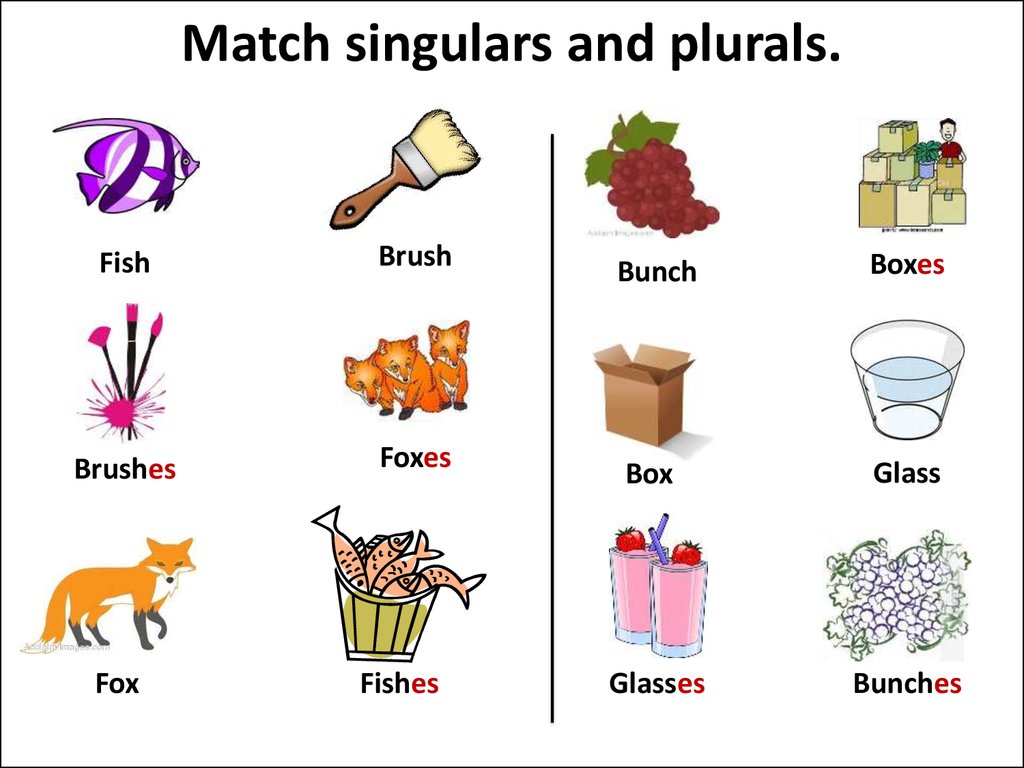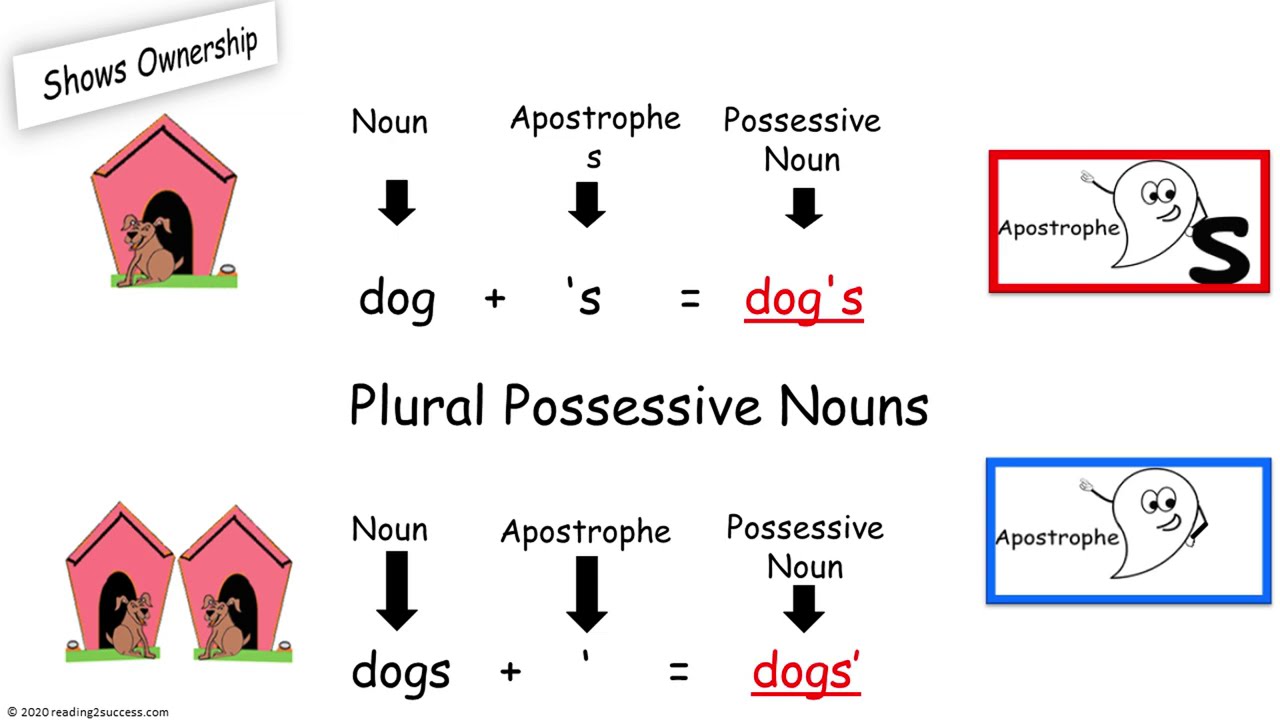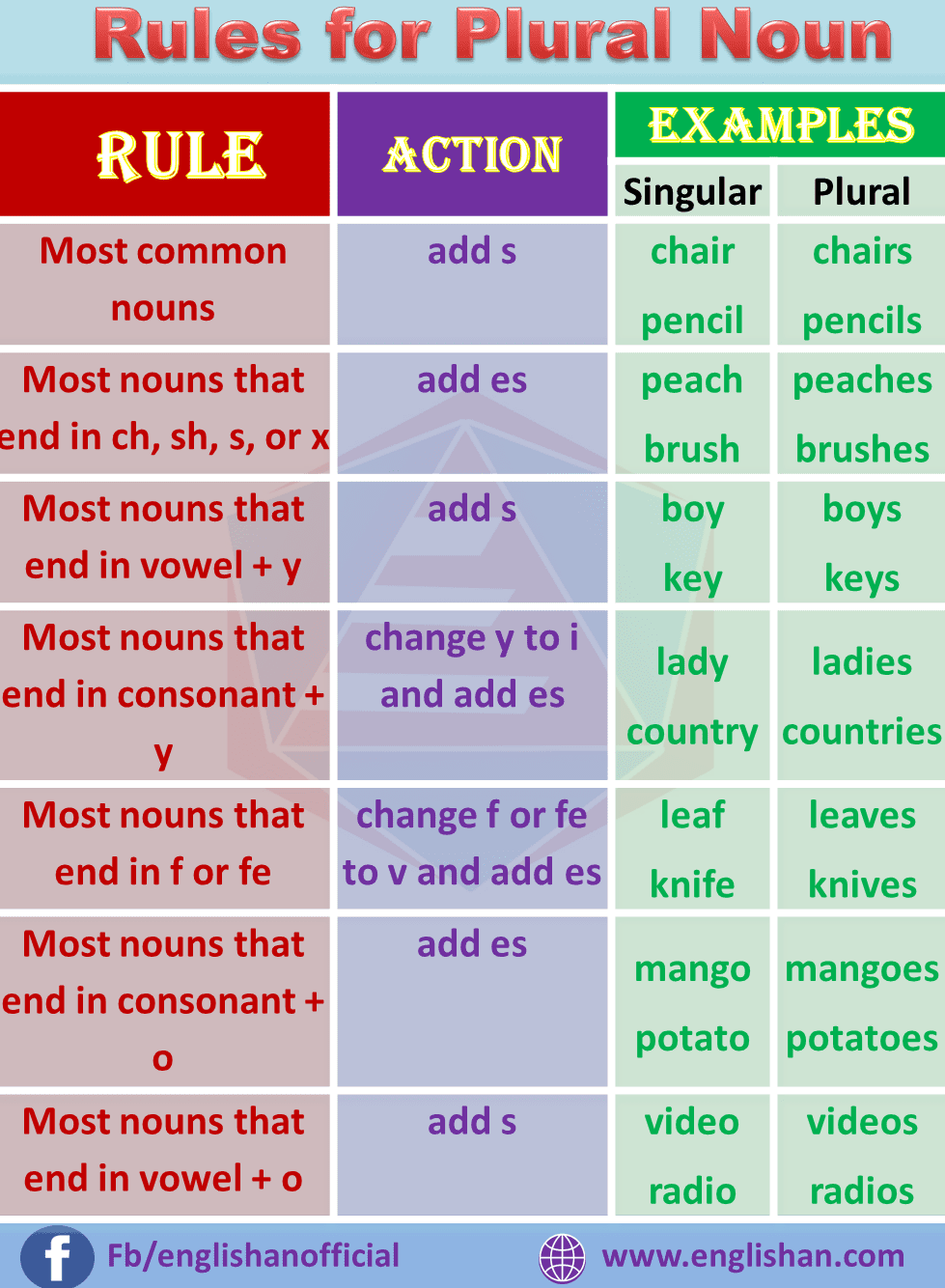What Is Singular And Plural Possessive Nouns WEB Common Questions on Possessive Nouns What is a Singular Possessive Noun A singular possessive noun is simply a singular noun made possessive For example Car gt Car s House gt House s What is a Plural Possessive Noun As you might expect a plural possessive noun is a plural noun that is made to be possessive For example Apples gt
WEB Sep 21 2022 nbsp 8212 32 Plural possessive noun Plural possessive nouns are trickier to understand because the most singular nouns will usually add an S at the end of it to make it plural unless it is irregular With plural possessive nouns the typical way to write them is to use an apostrophe at the end of the word WEB Nov 3 2022 nbsp 8212 32 A plural possessive noun is a plural noun that owns something It uses a possessive ending to show that more than one noun owns the same thing Examples of plural possessive nouns include the Smiths house our cats beds the companies logos your children s friends the actresses fans my teachers opinions the producers concern
What Is Singular And Plural Possessive Nouns
 What Is Singular And Plural Possessive Nouns
What Is Singular And Plural Possessive Nouns
https://i.pinimg.com/originals/7f/dc/af/7fdcaf3b2361c7e5eae4f6111ad2e20c.png
WEB Nouns can be singular or plural meaning there is only one or many Nouns can also be possessive meaning they show ownership A singular form of a noun is straightforward
Templates are pre-designed documents or files that can be utilized for numerous functions. They can conserve effort and time by providing a ready-made format and design for developing different sort of content. Templates can be used for personal or expert tasks, such as resumes, invites, leaflets, newsletters, reports, presentations, and more.
What Is Singular And Plural Possessive Nouns
Singular And Plural Nouns FB Worksheet 3

Singular And Plural English Verbs Chart Plurals English Verbs Verb

Singular Plural Nouns In English Singular Nouns Plurals Plural Nouns

Photocopy Plural Garetprize

Singular And Plural Nouns In English Irregular Plural Nouns Singular

Singular And Plural Nouns Online Presentation

https://www.scribbr.com/nouns-and-pronouns/possessive-noun
WEB Feb 13 2023 nbsp 8212 32 Singular possessive nouns and irregular plurals The possessive version of a singular noun is normally formed by adding an apostrophe followed by an s Sara becomes Sara s and cat becomes cat s

https://learnenglish.britishcouncil.org/grammar/...
WEB Possessives nouns Level beginner We add s to singular nouns to show possession We are having a party at John s house Michael drove his friend s car We add to plural nouns ending in s This is my parents house Those are ladies shoes But we use s

https://www.scribbr.co.uk/nouns/possessive-nouns
WEB Feb 13 2023 nbsp 8212 32 Possessive nouns are formed from regular nouns by adding an apostrophe followed by an s or in the case of plural nouns that already end in s by just adding an apostrophe What does possessive mean

https://english.lingolia.com/en/grammar/nouns/possessive-case
WEB What is a possessive noun A possessive noun is when we add apostrophe s s also possessive s or just an apostrophe to a noun to show that it owns something We can also indicate possession using the preposition of

https://eslgrammar.org/possessive-nouns
WEB Mar 22 2019 nbsp 8212 32 There are different types of possessive nouns including singular possessive nouns plural possessive nouns and compound possessive nouns Singular possessive nouns indicate that one person or thing owns or possesses something such as the boy s hat
WEB Possessive nouns are nouns that show ownership or possession Normally these words would be a singular or plural noun but in the possessive form they are used as adjectives to modify another a noun or pronoun WEB We use possessive s to say that something or someone belongs to a person is connected to a place or to show the relationship between people The possessive s always comes after a noun When something belongs to more than one person and we give a list of names we put s on the last name
WEB Possessive nouns on the other hand are nouns that show ownership or possession of a particular object In this blog post we will focus on plural possessive nouns and explore how they are formed when to use them and some examples